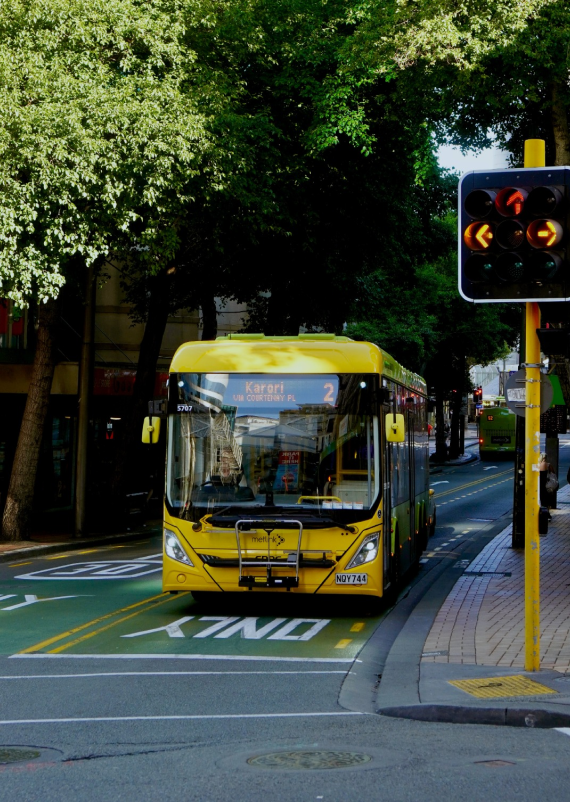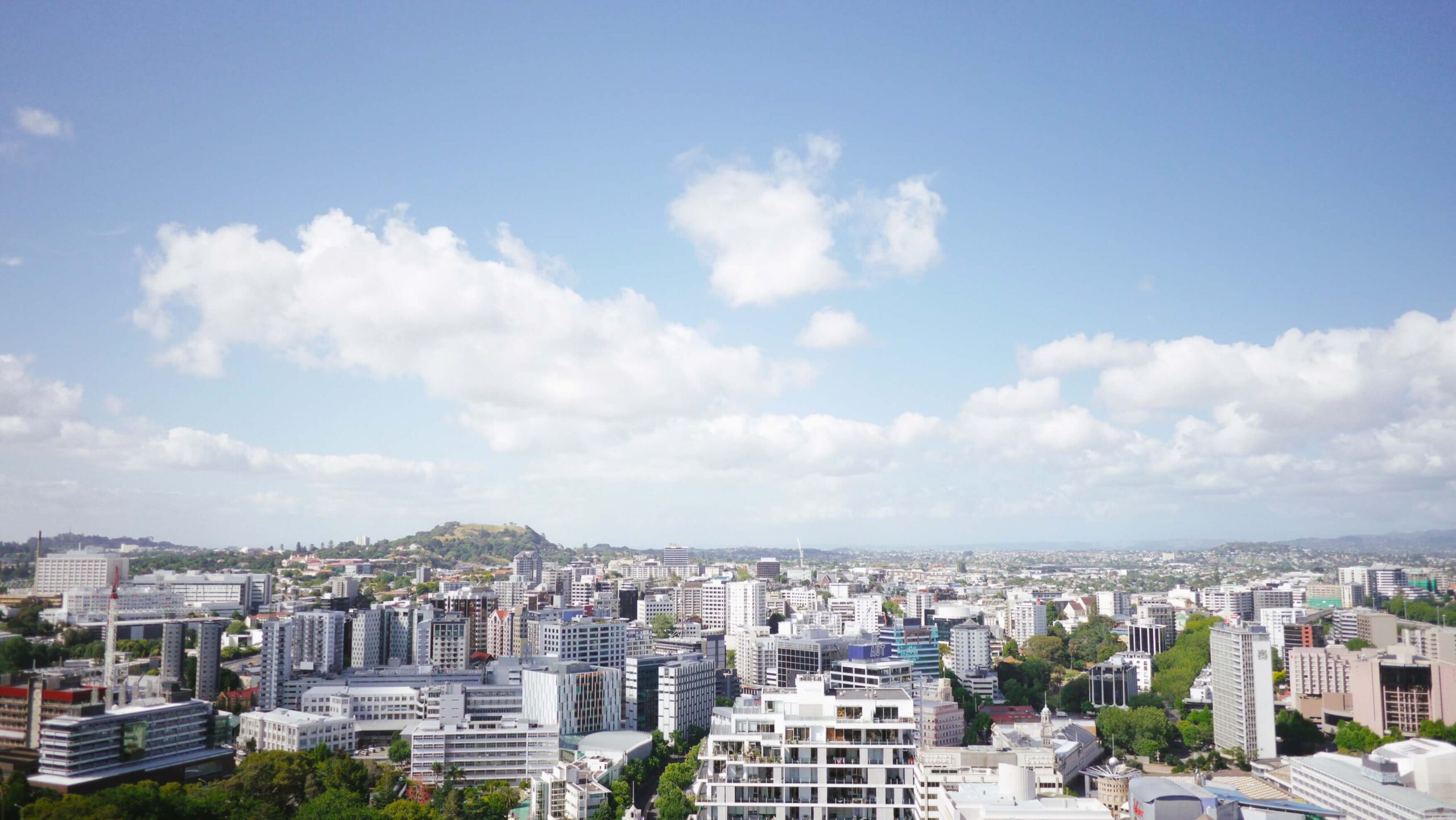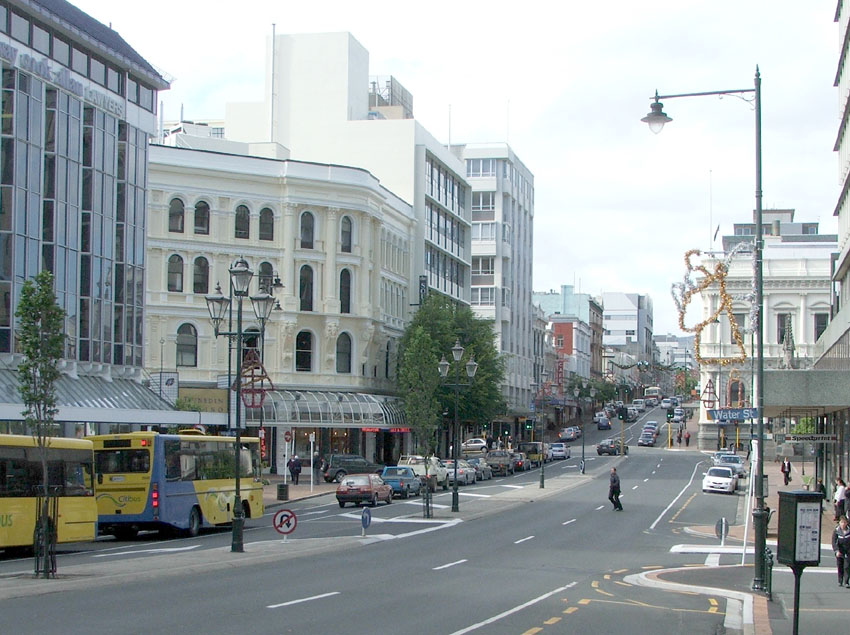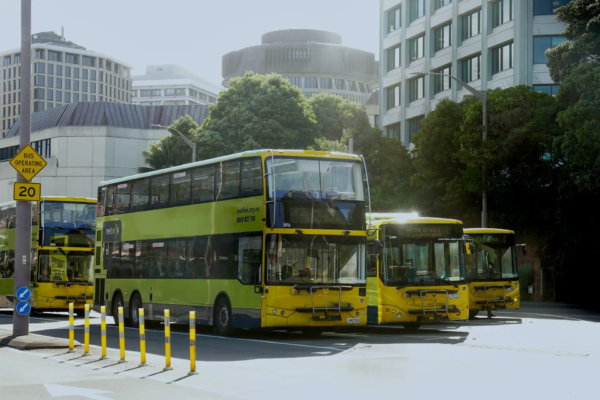Industries
With a deep understanding of local conditions, we tackle complex issues from multiple perspectives to deliver innovative solutions
Industries
Energy
Providing advice and forecasts in the area of energy sector investment

We provide expert advice on energy. Principal economics are experts in the field of energy economics with experience in developing and adopting economic models assessing energy issues in New Zealand.
Environment
Fundamental uncertainty in the future climate requires new ways of planning

We offer a comprehensive range of services to support our clients in navigating the complex landscape of climate change and environmental issues. Our team of experts are experienced in conducting literature reviews, policy assessments, and decision making under conditions of fundamental uncertainty
Housing
Housing depends on a range of factors, including affordability, location of jobs and preferences

Our team at Principal Economics encompass a unique combination of knowledge, experience, and skills suited for solving spatial and urban development and housing issues.
Infrastructure
Robust economic frameworks and empirical methods, informed by evidence, shaped in collaboration with stakeholders.

We assist our clients in identifying the primary and secondary impacts of infrastructure investments.
Tourism
Valuing the direct and indirect benefits and costs of tourism

We have used different data sets alongside with our tourism modelling capabilities for evaluating the impact of a range of investments and policy initiatives in the tourism sector.
Regulatory Economics
Transport
Accessibility is the potential for interaction with locations dispersed over space

Our team currently lead some of the most important transport policy topics. This includes providing expert advice on transport equity, emission reduction policies and decision making under deep uncertainty.
Capabilities
Our innovative solutions are tailored carefully to the questions at hand
Capabilities
Economic impact analysis

Making decisions in uncertain times needs precise understanding of the costs and benefits. We can assist by identifying fiscal, economic and wellbeing benefits from your investment decision or policy intervention.
Economic research

Making decisions in uncertain times needs precise understanding of the costs and benefits. We can assist by identifying fiscal, economic and wellbeing benefits from your investment decision or policy intervention.
Market analysis

Making decisions in uncertain times needs precise understanding of the costs and benefits. We can assist by identifying fiscal, economic and wellbeing benefits from your investment decision or policy intervention.
Macroeconomic consulting

In the rapidly changing global economy, it is increasingly essential to have a comprehensive understanding of macroeconomic dynamics and conduct a robust analysis of the economic environment to make informed strategic decisions.
Cost benefit analysis

Making decisions in uncertain times needs precise understanding of the costs and benefits. We can assist by identifying fiscal, economic and wellbeing benefits from your investment decision or policy intervention.
Forecasting and modelling

Making decisions in uncertain times needs precise understanding of the costs and benefits. We can assist by identifying fiscal, economic and wellbeing benefits from your investment decision or policy intervention.
Spatial analysis and modelling

In the rapidly changing global economy, it is increasingly essential to have a comprehensive understanding of macroeconomic dynamics and conduct a robust analysis of the economic environment to make informed strategic decisions.
Business case approach

Our team have led business cases for a range of sensitive topics.
About Us
Our consultancy services are driven by the questions of clients, informed by robust evidence, shaped in collaboration with stakeholders, rooted in multi-deciplinary approaches and guided by principles of Economics.
About Us
Our purpose, mission and values

Our purpose, mission, and values guide our actions and aspirations. We are dedicated to driving positive change, delivering innovative solutions, and upholding the highest standards of professionalism. By adhering to these principles, we aim to make a lasting impact and contribute to the betterment of society.
Our Corporate Commitments

At Principal Economics, we are dedicated to making a positive impact on society and delivering value to our clients through our unwavering commitment to excellence and responsible business practices. As an economics consulting firm, we recognize the importance of addressing the pressing challenges of our time and striving for inclusive growth, community engagement, diversity and inclusion, ethics and integrity, health and safety, as well as sustainability.
How We Work
Exceptional People and Culture

At Principal Economics, our approach to work is driven by a commitment to excellence, collaboration, and client-centricity. We leverage our expertise, draw inspiration from industry-leading organisations, and continuously refine our practices to ensure we deliver exceptional results. Here's an overview of how we work:
Publications
Our reports offer inspiring and independent insights into various topical issues
Knowledge Hub
Here we provide frontier knowledge and data collected from our latest reports and analyses
Articles
Our articles challenge the status quo by reframing current issues, sparking fresh conversations and finding new solutions
Publications
Knowledge Hub
Articles
Economic Impact of New Zealand's Second Emission Reduction Plan
CGE modelling of ERP2

This report uses CGE modelling to estimate GDP, employment and distributional impacts of the Emissions Reduction Plan 2 (ERP2), which delineates Aotearoa New Zealand's strategy to attain its emissions reduction objectives for the 2026-2030 period, alongside setting a path towards achieving long-term emissions reduction objectives.
Climate change adaptation and investment decision making

Aotearoa New Zealand suffers from an infrastructure deficit. Without the key infrastructure needed now for our economy to thrive, we deprive future generations from significant economic prosperity.
Review of Housing and Business Development Capacity Assessments

The Ministry for the Environment (MfE) appointed Principal Economics to review the Housing and Business Development Capacity Assessments HBAs). Our review included all councils’ HBAs, except for Rotorua and Wellington, which were not available at the time of this review.
Incorporating distributional impacts (equity) into the CBA framework

Transportation decisions can have large and varied impacts on travellers and their communities. It’s important to measure these effects and consider their impact on various groups when planning projects.
Business Development Capacity Assessment for Dunedin City

Dunedin City Council appointed Principal Economics to provide a comprehensive assessment of the sufficiency in development capacity of business land within Dunedin to fulfils requirements of the the National Policy Statement on Urban Development
See all Publications

Read inspiring publications that challenge conventional thinking by reframing current issues, igniting fresh conversations, and discovering innovative solutions.
Emission reduction initiatives

We provide a comprehensive summary of potential policy areas suitable for emissions reduction. This inludes a review of policy areas including active transport, mobility as a service, ridesharing, telework, parking pricing, road user pricing, carbon taxes and more.
Drivers of House Price Growth

We provide an extensive review and test the factors of housing price growth in New Zealand. We assessed the level of agreement and certainty with the source of house price growth over the last fifty years.
See All Knowledge Hub
Transport equity
See All Articles
Contact Us
Our team
Dr Eilya Torshizian

Eilya is the Director of Principal Economics. Eilya brings to the projects a unique combination of knowledge, experience, strong leadership and management skills. Eilya is experienced in managing large teams of applied researchers and has led a wide range of high-profile infrastructure projects in New Zealand.
Eugene Isack

Eugene has over a decade experience in the economics and planning consulting and is experienced in data analysis and transport and economic modelling, with specialised skills in geographic information systems (GIS), big data analysis, and is a registered Statistics IDI researcher.
Alina Fehling

Alina is experienced in data analysis and is interested in welfare, inequality and trade topics.
Ruyi Jia

Ruyi is specialised in economic modelling and data analysis, with a keen interest in advancing the energy sector in New Zealand.
Phil Donovan

Phil has over a decade consulting experience in the areas of transport, planning and economics. He is experienced in data analysis and a range of modelling, with specialised skills in programming and reproducible analysis with tools such as R, Python, SQL, Git(Hub), Docker, big data.
Prof. Robert MacCulloch

Robert MacCulloch holds the Matthew S. Abel Chair of Macroeconomics at Auckland University. He is a native of New Zealand and working at the Reserve Bank of New Zealand before completing his PhD in Economics at Oxford University in the UK.
GHG
Principal Economics July 2022
To achieve a 41 per cent reduction in transport emissions by 2035, the New Zealand Emission Reduction Plan aims to decrease the 2035 Vehicle Kilometre Travel by 20% (compared to the 2019 levels).
This report investigated various policy levers and their combinations and sequencing to achieve the VKT reduction target across three of the New Zealand largest urban areas, namely Auckland, Wellington and Christchurch. For our policy analysis, we adopted a wide range of policies consisting of 27 policy instruments consisting of various non-auto options, vehicle travel reduction initiatives, land use policies, and trip reduction policies. Our results suggest that mode shift only partially contributes to VKT reduction in most policy mixes and travel reduction will be required.
Road pricing is necessary to achieve the target.
The road pricing required by 2035 for achieving the VKT reduction targets is equal to 17c/km, 18c/km, and 13c/km in Auckland, Wellington and Christchurch, respectively.
These figures are additional to the existing road and fuel charges. The extra annual revenue collected in 2035 from road pricing would equate in today’s dollars to $520m in Auckland, $114m in Wellington and $123m in Christchurch, which sums up to $758m across the three regions. Our recommended policy packages consist of road pricing and a range of non-pricing policies. Our report provides guidance on policy optimisation and suggests using an adaptive decision-making framework. The revenue collected from road pricing can be used directly or indirectly to mitigate the identified adverse equity impacts. After considering the impact of COVID-19 and other (third) factor, we identified a small but statistically significant impact from the HPT on mode shift.

We identified improved PT coverage as a necessary condition in our investigation of data.
Particularly, for mode shift, we analysed the sensitivity to price of PT, and concluded that PT pricing is not sufficient in absence of improved accessibility.
For the sufficient conditions, we further investigated the combination of policies. To understand the driver(s) of reducing VKT and the impact of different policies (and their interactions) we need to account for the complexities in estimating GC elasticities. This includes the variation in response to policies across different socioeconomic groups; the uncertainty in response driven from lack of information; and the variations because of changes in infrastructure, economic trends, and norms.
Analysis of own- and cross-product elasticities
Our initial results confirmed the findings from earlier studies of an insignificant impact of price on mode shift. However, after we assumed improved PT coverage, our cross-product elasticities become statistically significant. We further investigated the variations of cross-product elasticities across the regions. Accordingly, the sensitivity of mode shift between PT and LV to (fuel and PT) price is higher in Auckland and Christchurch and lower in Wellington (compared to average New Zealand). We further disaggregated the results for different socioeconomic groups and across suburbs. The findings can be used to inform local PT fare structure and to prioritise investments in improvement of PT coverage.


Impact of the recently implemented half-price public transport (HPT) policy
All else equal, with the increase in the exposure to COVID-19, there is a lower likelihood of using public transport. The estimated impact of the HPT suggests a 1.43 per cent increase in the patronage compared to light vehicles as a result of the HPT. Our results do not identify significant difference in response to the HPT policy across different income groups. We also investigated the causal impact of the recently implemented half-price public transport (HPT) policy on mode shift after considering the impact of various relevant factors, including the uptake of economic activities with the ease of restrictive COVID-19 rules, the shortage of bus drivers, and the higher living costs. On a linear basis, that is equal to a 0.029 percent diversion from LV with a one per cent decrease in PT fares. This is smaller than the findings presented in our elasticities database. However, our finding is consistent with Ipsos’s (2022) finding from their survey of the impact of the HPT that only 7 per cent of new public transport journeys were due to half price fares. We suggest that this small impact is possibly because our estimate captures the immediate impacts of the HPT policy, and is likely to increase over time.
Assessment of the impact of policy packages and their sequencing
After investigating over 500 scenarios in each region, consisting of various combinations of policies, we concluded that road pricing is necessary for achieving the VKT reduction target. In addition to the road pricing, the other policies included in our recommended (Customised) policy packages for the three regions include land-use policies that support location of residential and employment growth at greater intensification over time; investment in TDM programmes (such as workplace travel reduction plans) and consideration of other (eg, tax) incentives with an objective of increasing the proportion of workers working from home from around 10% to 15% and thus reducing commuter travel; reduction in (free-flow) speed-limits of at least 10% and preferably 20%; continued support for the significant improvements planned for PT; and a permanent 50% reduction in real PT fares. We used the range elasticity estimates to sensitivity test the results of the transport modelling.
Economic impact of the VKT reduction policy packages
After considering the CO2-e emission impacts, the net impact for Auckland (AK), Wellington (WL) and Christchurch (CH) are -$361.4m, -$28m, and -$88.1m annual loss to the regional GDP. The sum of the effect is equal to -$386.5m loss to the national GDP. For the economic impact of the identified policy packages, we used Principal Economics’ subregional Computational General Equilibrium (PE-CGE). We investigated two scenarios, with and without specific allocation of the collected revenue from the pricing policy. To identify the best allocation of the revenue is beyond the scope of our analysis, but our allocation of the revenue to subsidise the production of green electricity shows the potential impact of more efficient allocation of the collected revenue. The revenue allocation could also address the identified equity issues. The allocation of the revenue to green electricity is associated with 175.5 million lower losses to the economy. Our results suggested that the overall impact (ie, after considering the wider economic impact) on affordability of households across New Zealand (as measured by real wages) will decrease by -0.5% in the SQ revenue allocation scenario and by -0.2% in the allocated revenue scenario.


Equity impact of the VKT reduction policy packages
Our results suggested that the GDP loss is likely to be incurred by all income groups (in aggregate) but will be disproportionately incurred by high income household groups in Auckland and Christchurch and by lower income groups in Wellington. This is mainly due to the lower sensitivity of the high-income groups to higher road pricing. In terms of air quality, we identify higher net benefits for the medium high-income groups because they are located in the areas with highest reduction in CO2e emissions. In Christchurch the net benefits are relatively smaller for the lowest income group. Affordability impacts are the most negative for the highest income group. Because of the normative nature of equity discussions, the distributional analysis should be further reconsidered after consideration of the preferred equity type. However, we suggest that addressing the equity discussions are critical for political acceptance of the VKT reduction policies, given the significant equity impacts identified in our report.
In addition to the road pricing, the other policies included in our recommended policy packages for the three regions include:
- Land-use policies that support location of residential and employment growth at greater intensification over time
- Investment in TDM programmes (such as workplace travel reduction plans) and consideration of other (eg, tax) incentives with an objective of increasing the proportion of workers working from home from around 10% to 15% and thus reducing commuter travel
- Reduction in (free-flow) speed-limits of at least 10% and preferably 20%
- Continued support for the significant improvements already planned for PT, including investment for bus-priority and quality-improvement measures for all PT modes
- A permanent 50% reduction in PT fares.
- Continued support for cycling network infrastructure improvements, with an overall aim of improving its perceived attractiveness by around 10% (compared to 2018)
Next steps towards the implementation of the policies
While the large (20%) VKT reduction target of the ERP is possible to achieve, the decisions required are difficult, due to their implementational complexities and the uncertainties involved. Particularly the political uncertainty is high due to public sensitivity to the (road) pricing policy, which may lead to further delays. Delays in decision-making will close the window of opportunity for achieving the VKT reduction target in a politically palatable manner (due to the immediate pricing level required to achieve the same (VKT reduction) outcome). We have included policies that will improve political acceptance of the recommended policy packages. Also, to improve the chances of success, our report recommended using an adaptive decision-making process, which should consider demographic and population, macroeconomic, technological, climate change, and political uncertainties. In the report, we suggest future research on different aspect of this report. In summary, the key three steps for each regional council will be to as follows:
